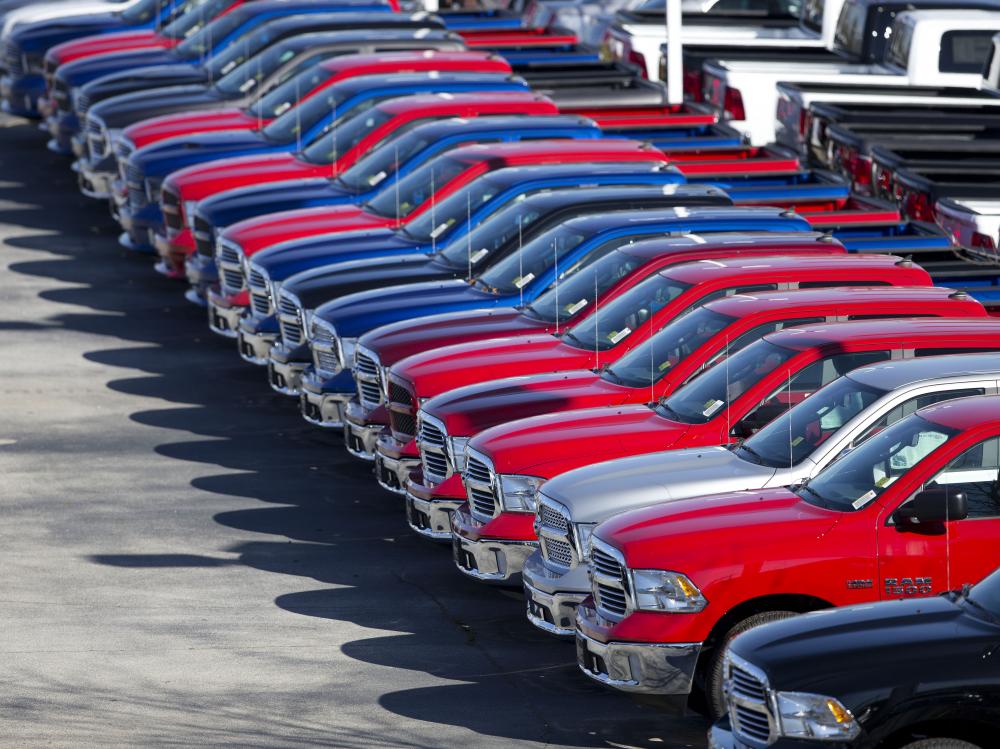Sales of cars surged in December, and analysts believe that the year’s total will exceed 17 million, making it the fifth straight year of growth for the industry.
Cheap gas prices helped make that happen, as sales of trucks, SUVs and luxury vehicles rose rapidly. Jeep’s sales, for instance, were up 40 percent on increased consumer demand for crossover SUVs. Meanwhile, demand for hybrid and alternative-fuel vehicles shrank.
Scott Painter, founder and CEO of auto sales website TrueCar, says those trends aren’t necessarily good for the industry as a whole.
“There’s no doubt that when you have these kinds of fundamentals in place that you open the door to bad behavior,” he says. “When gasoline falls below $3, consumer interest in low-mile- or lower-mile-per-gallon vehicles, bigger vehicles, picks up.”
Before the bottom fell out of the economy in 2008, car companies— especially the ones from Detroit — were addicted to the sales of bigger vehicles. When gas prices skyrocketed, that dependence nearly led to those manufacturers’ destruction.
But Painter says that even though some of the hunger for bigger cars has picked up, Detroit executives may have have retained a lesson from their companies’ near-death experiences.
“What you cleared out of the system in the last four or five years was 40 or 50 years of accumulated, perhaps, bad behavior,” he says, and with the industry’s last down year only a couple of years ago, there hasn’t been much backsliding.
Plus, Painter says, while bigger vehicles remain more profitable, today’s cars — no matter the size — are far more fuel efficient.
Stephanie Brinley with industry analyst IHS Automotive agrees that the industry has smartened up in the decade since it last hit the 17 million sales mark.
“The automakers in general have shifted to adjusting production for demand overall,” she said. “So what will happen now is that if an auto manufacturer is seeing a vehicle not performing to expectations, they can adjust the number of vehicles that they produce.”
That means that if gas prices rise again, the manufacturers will be caught with fewer huge vehicles in stock and can increase their production of hybrids faster.
Automakers also have to keep their eyes on the improved efficiency targets the EPA has mandated for 2016 and 2025, says Michelle Krebs of AutoTrader.com.
Besides, she says, this run on SUVs may also be sustainable beyond the drop in gas prices.
She says the continued health of the industry is tied far more closely to an improving unemployment rate, improving consumer confidence, low interest rates and greater availability of credit.
9(MDA3MTA1NDEyMDEyOTkyNTU3NzQ2ZGYwZg004))
